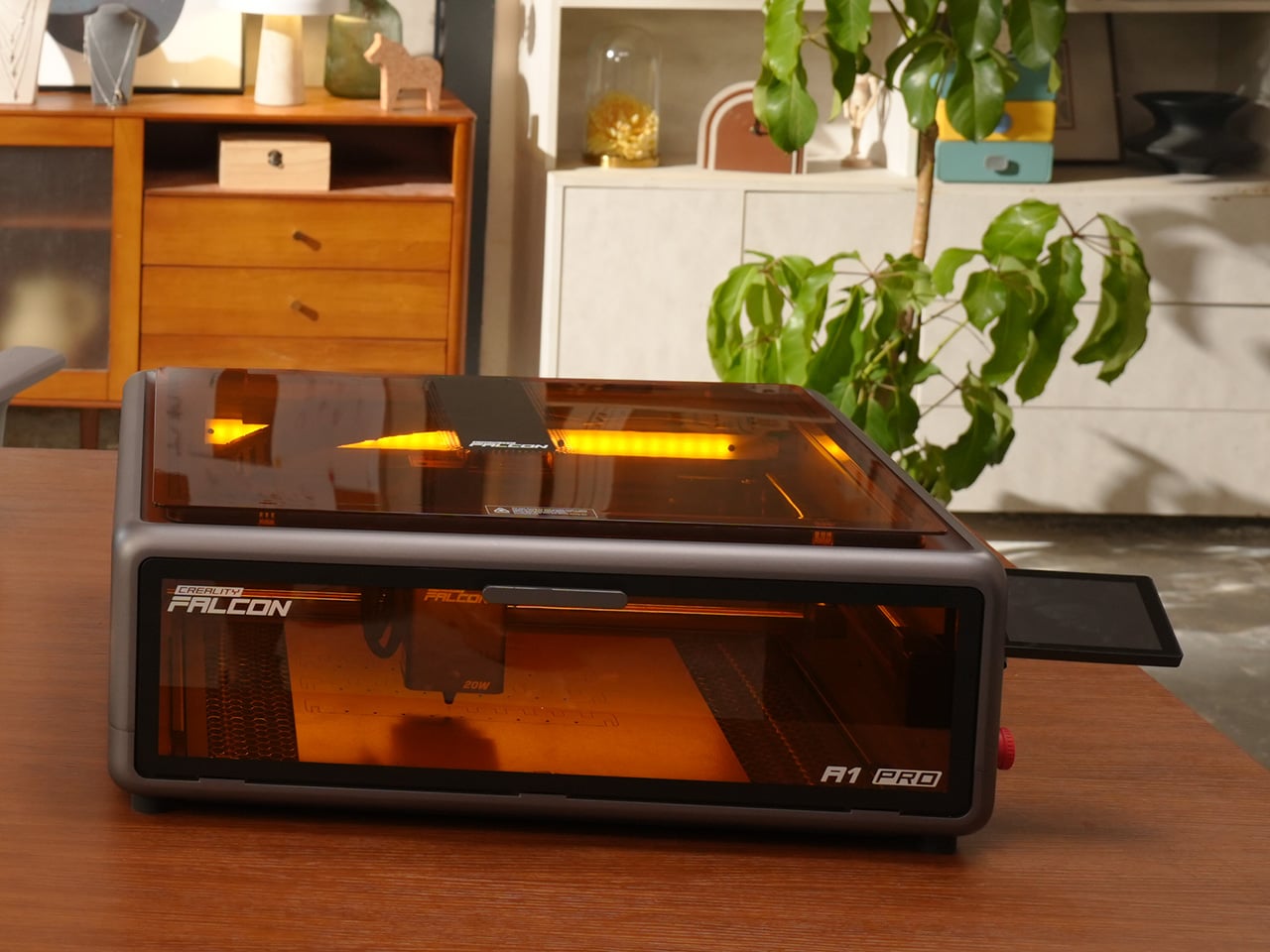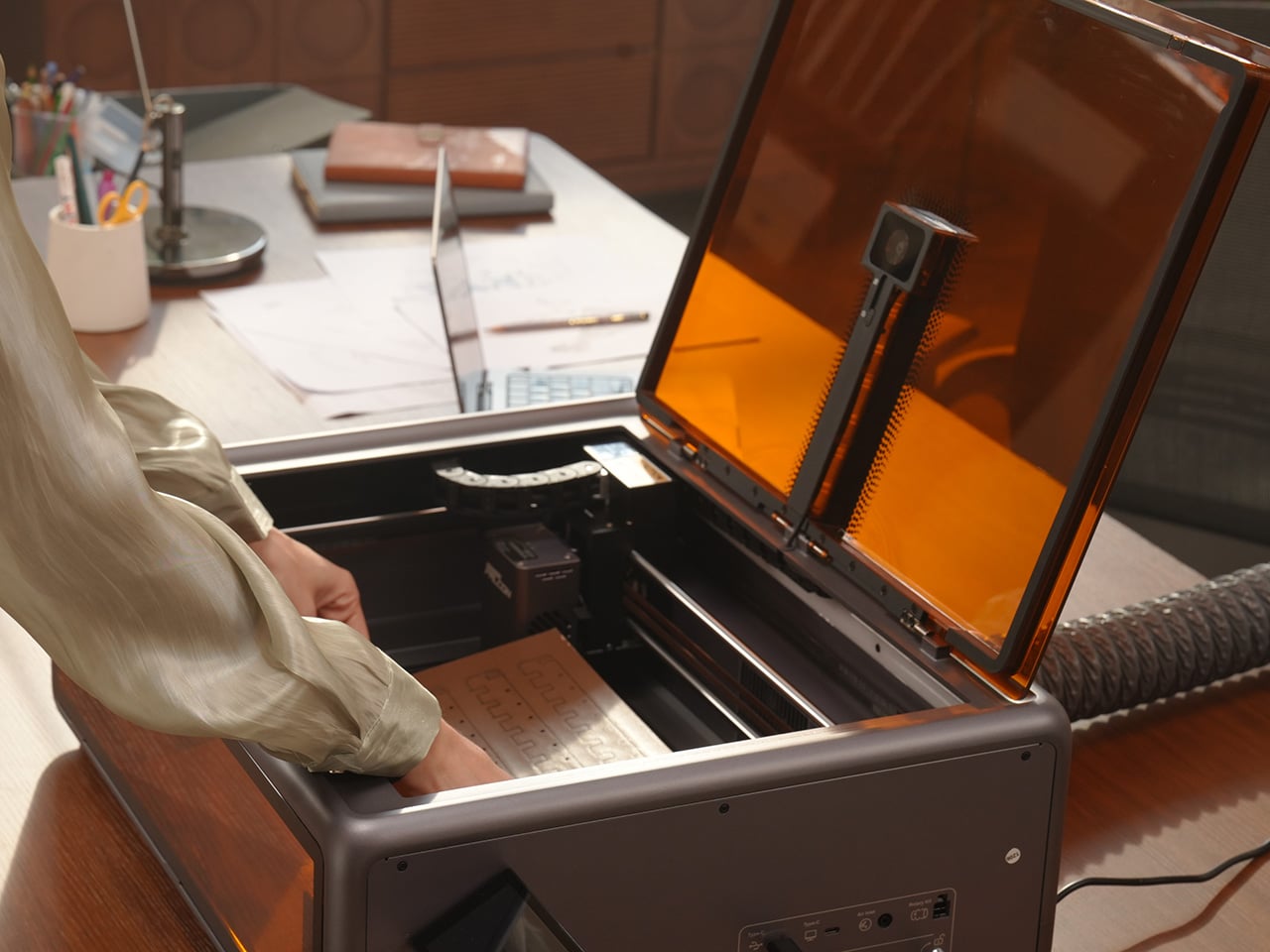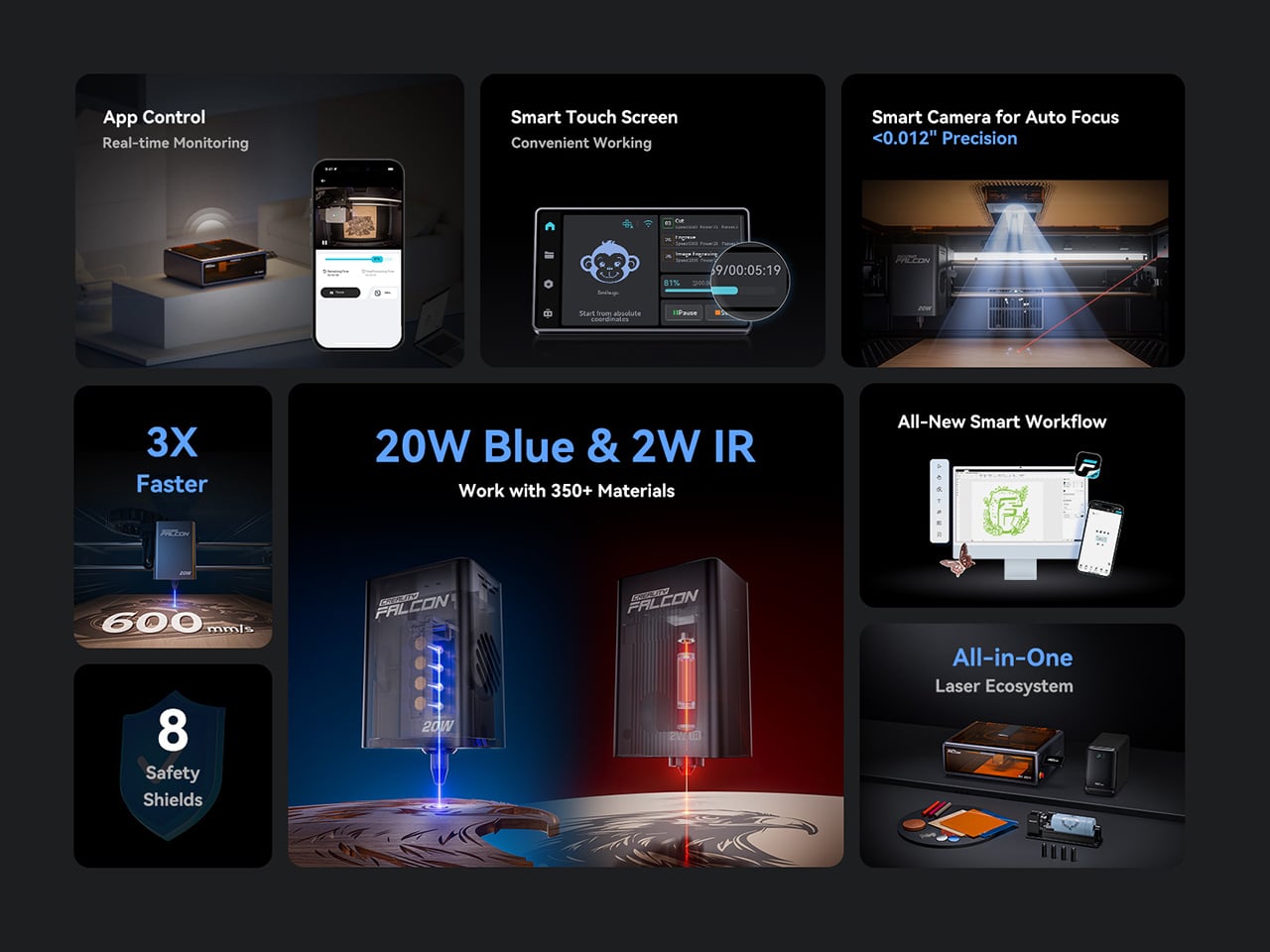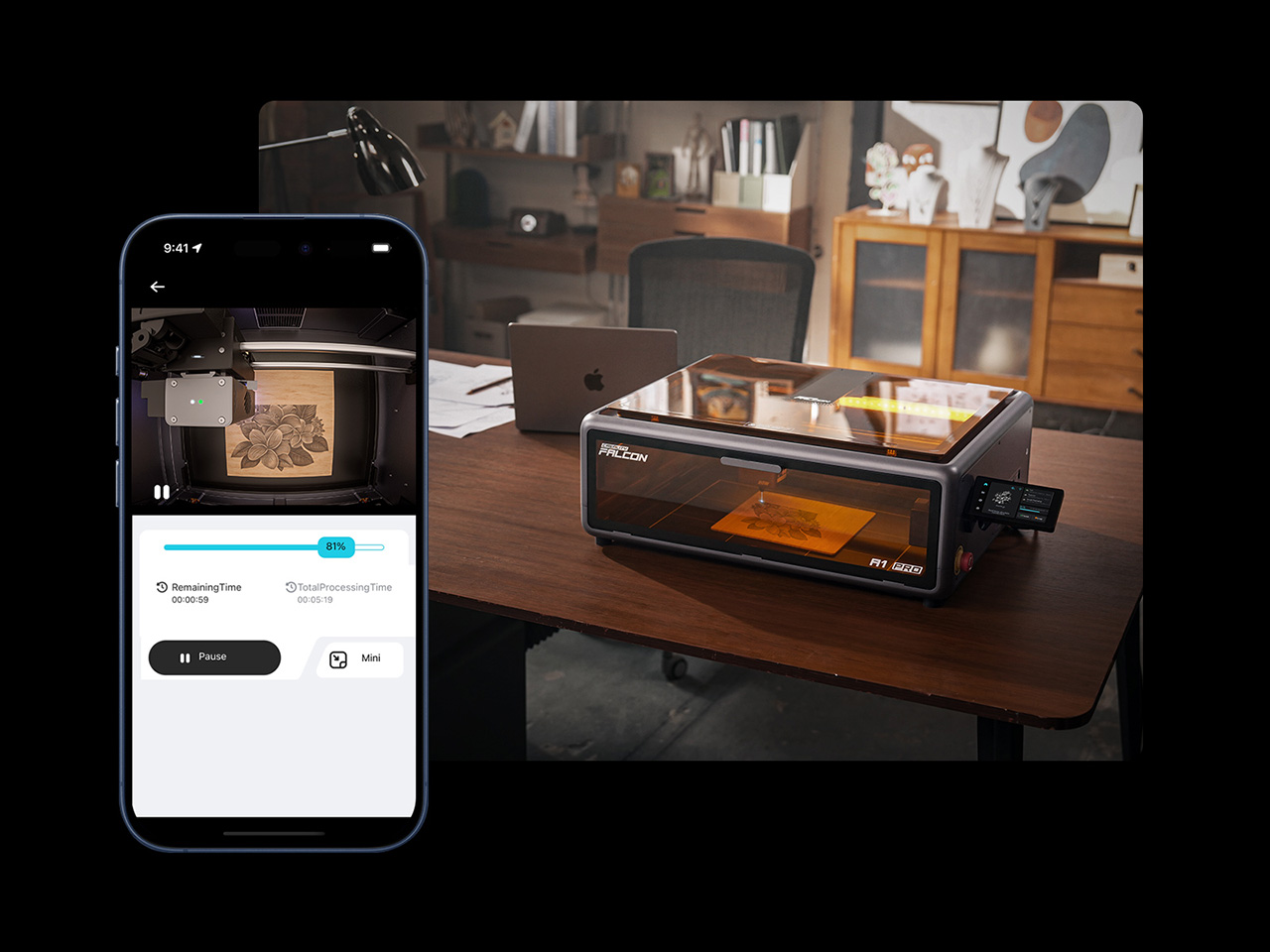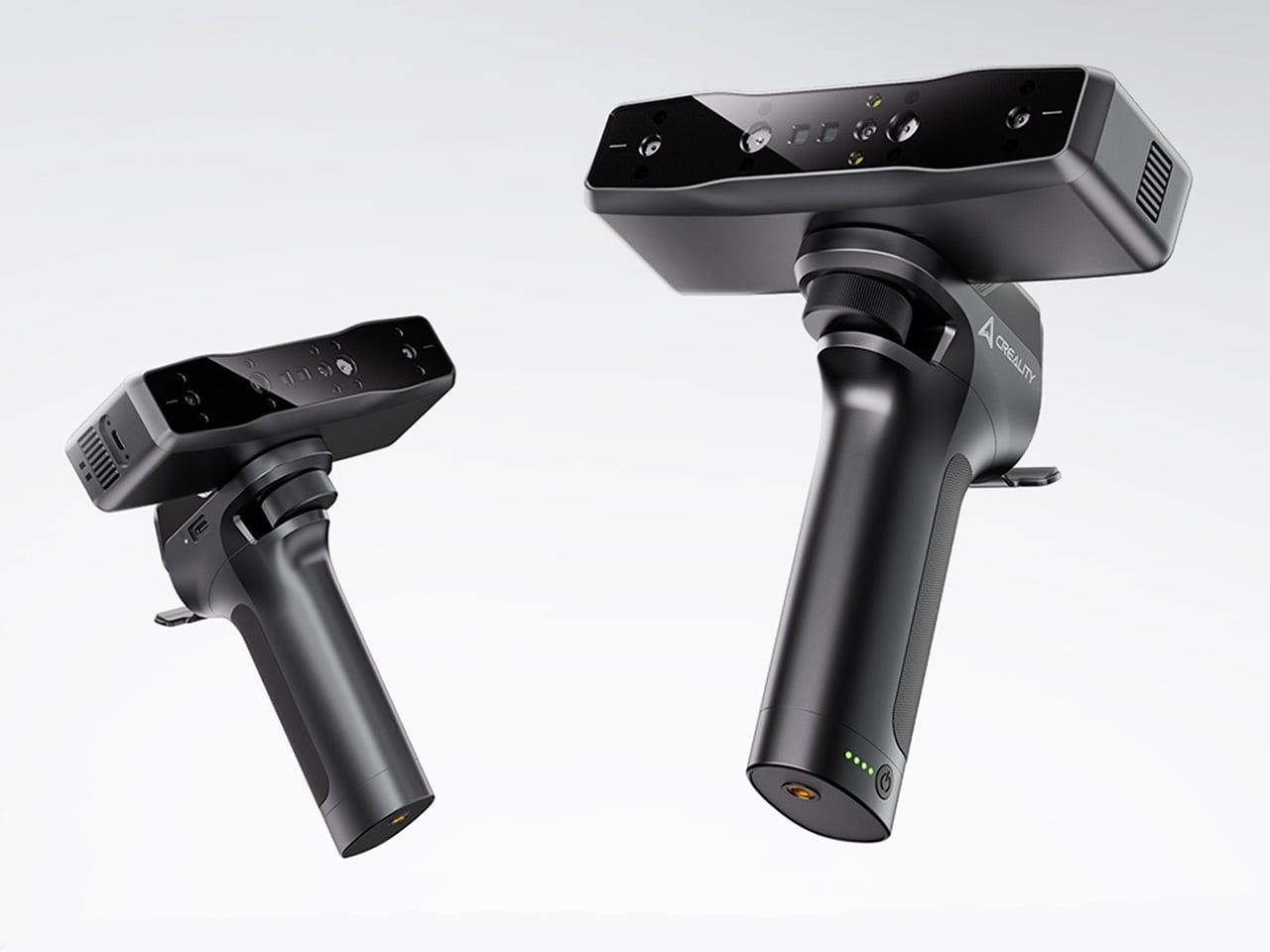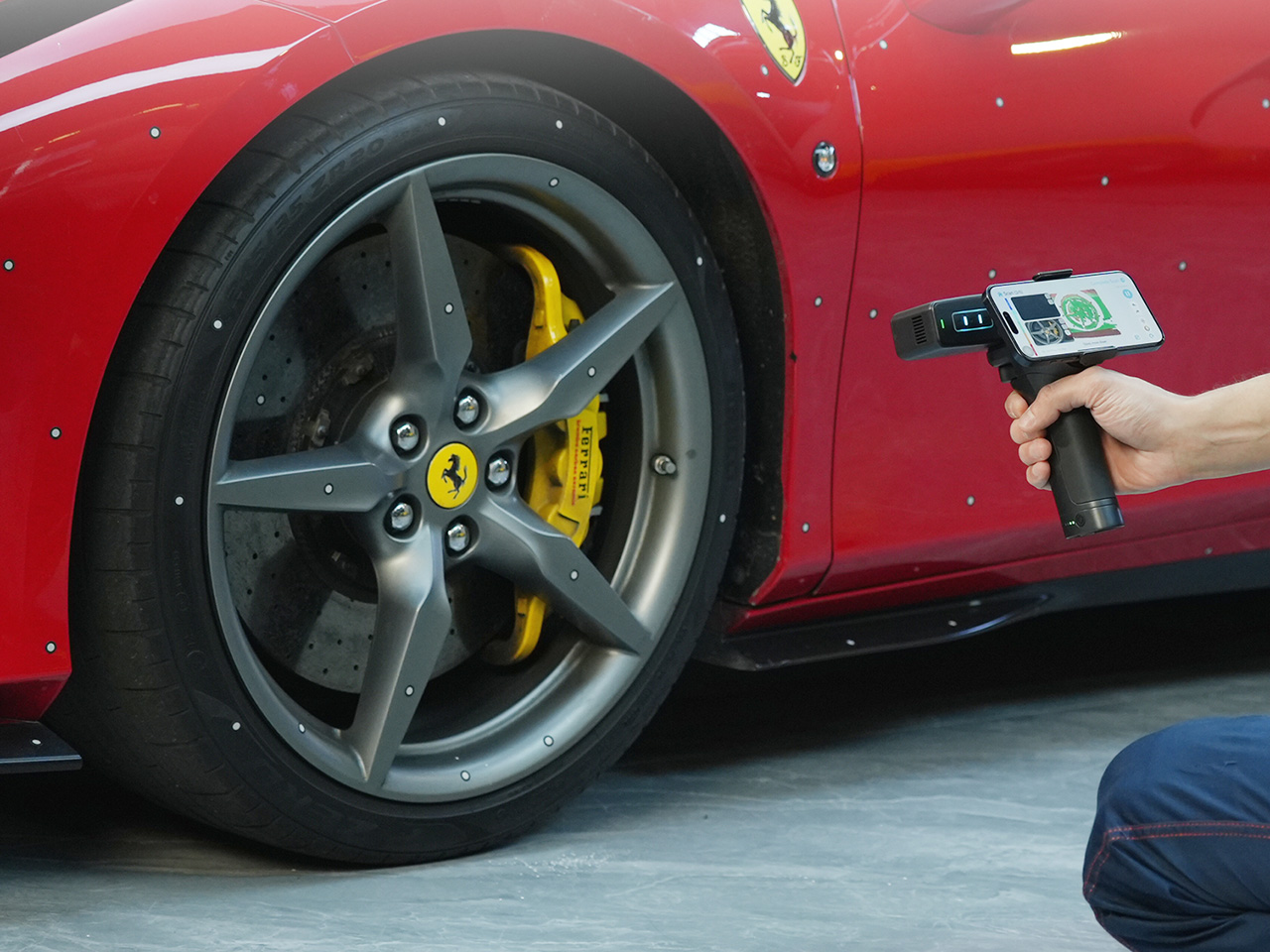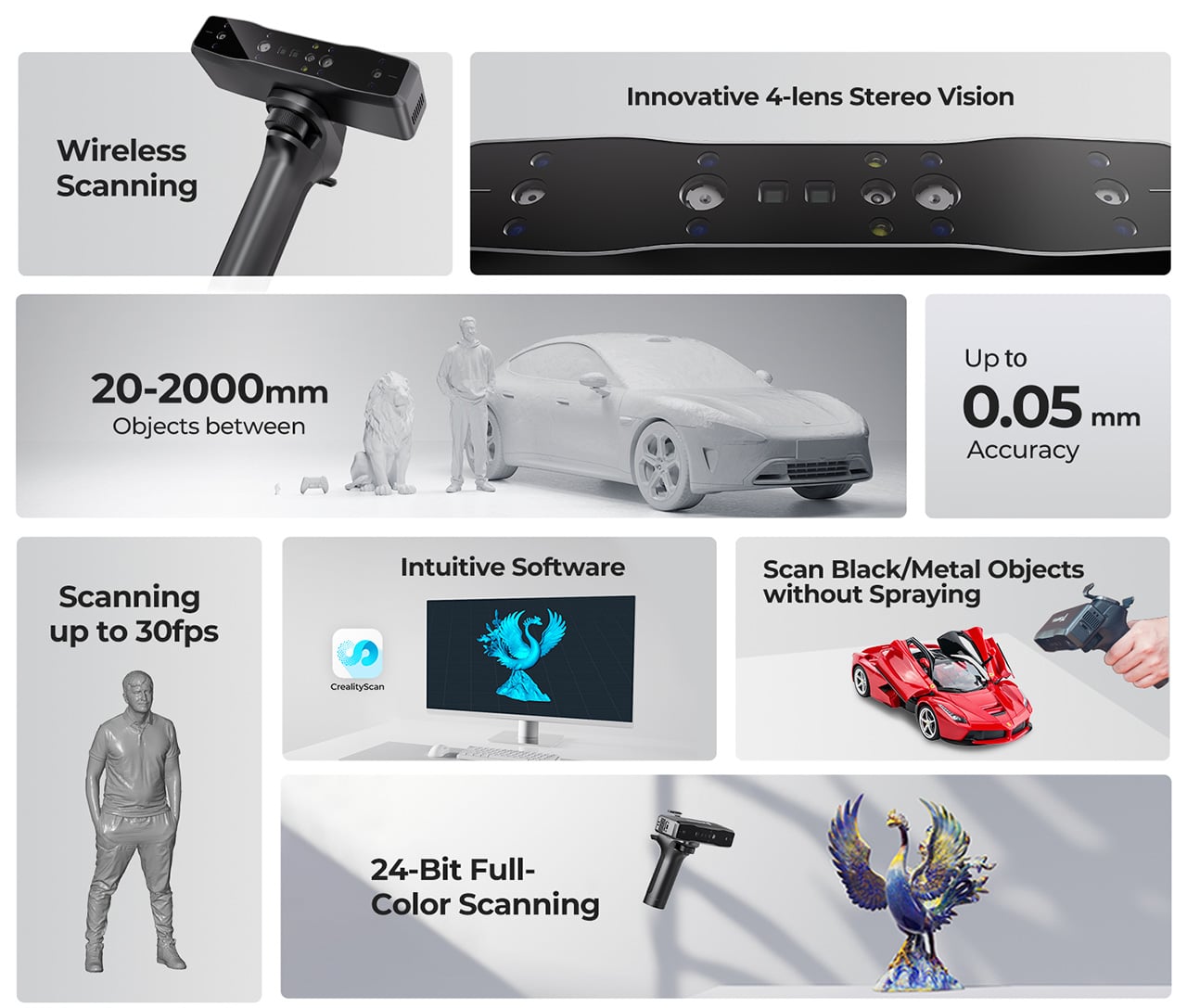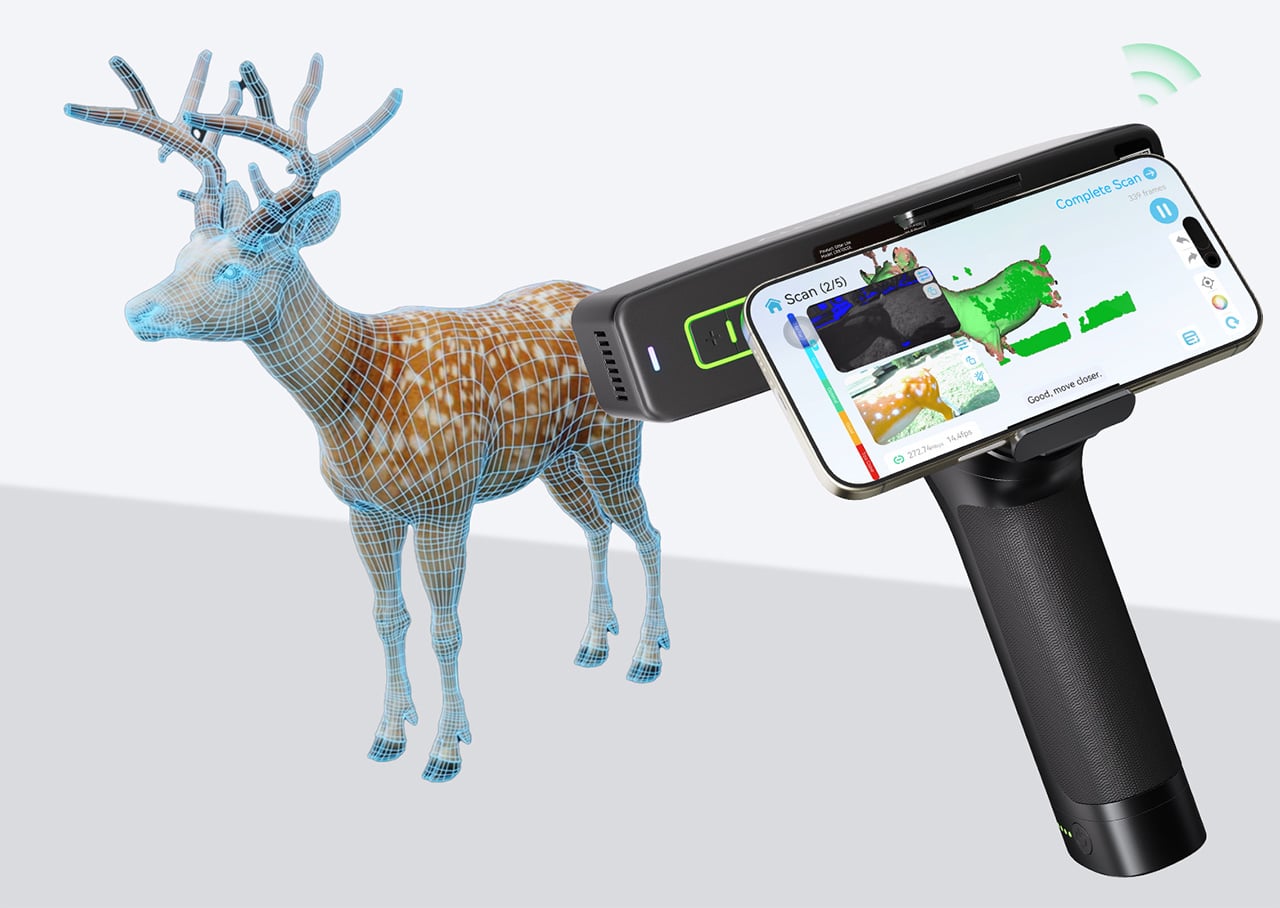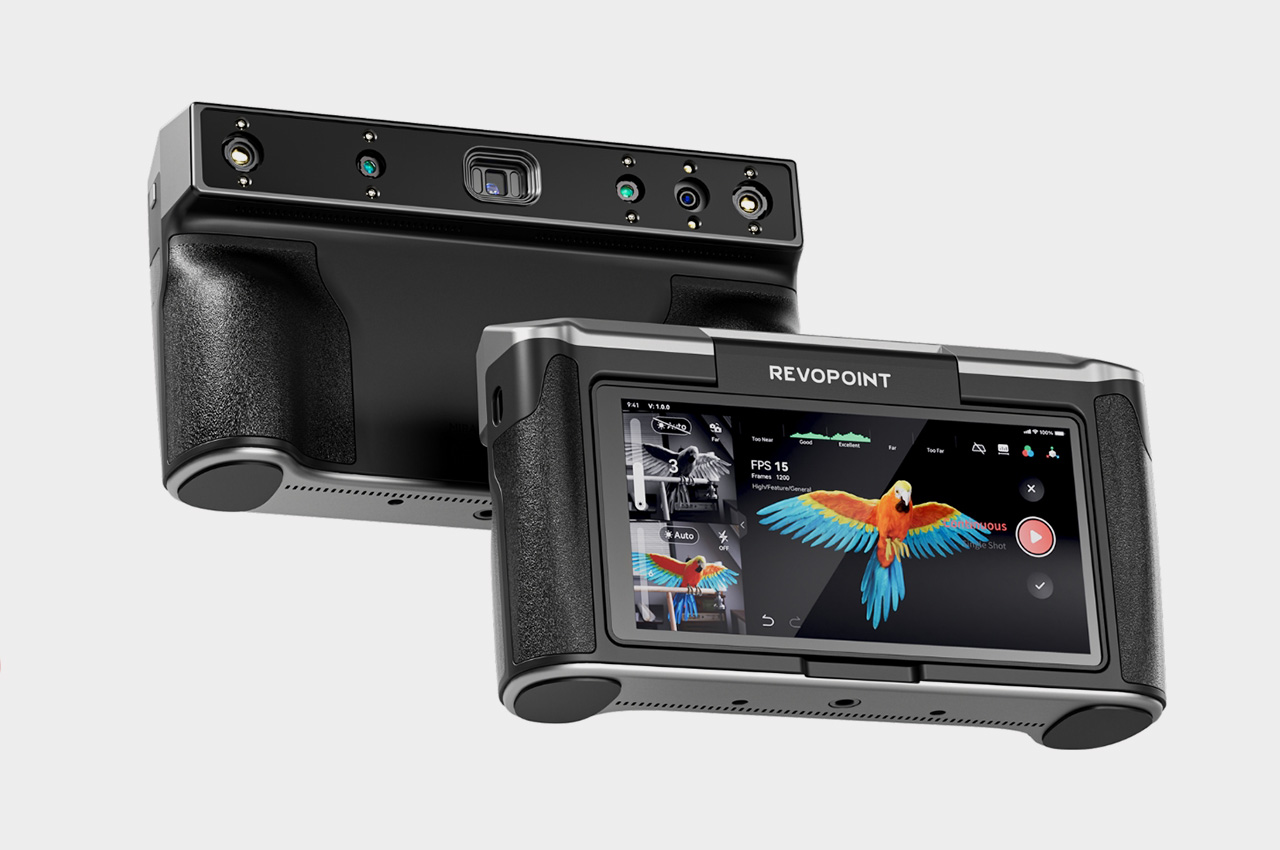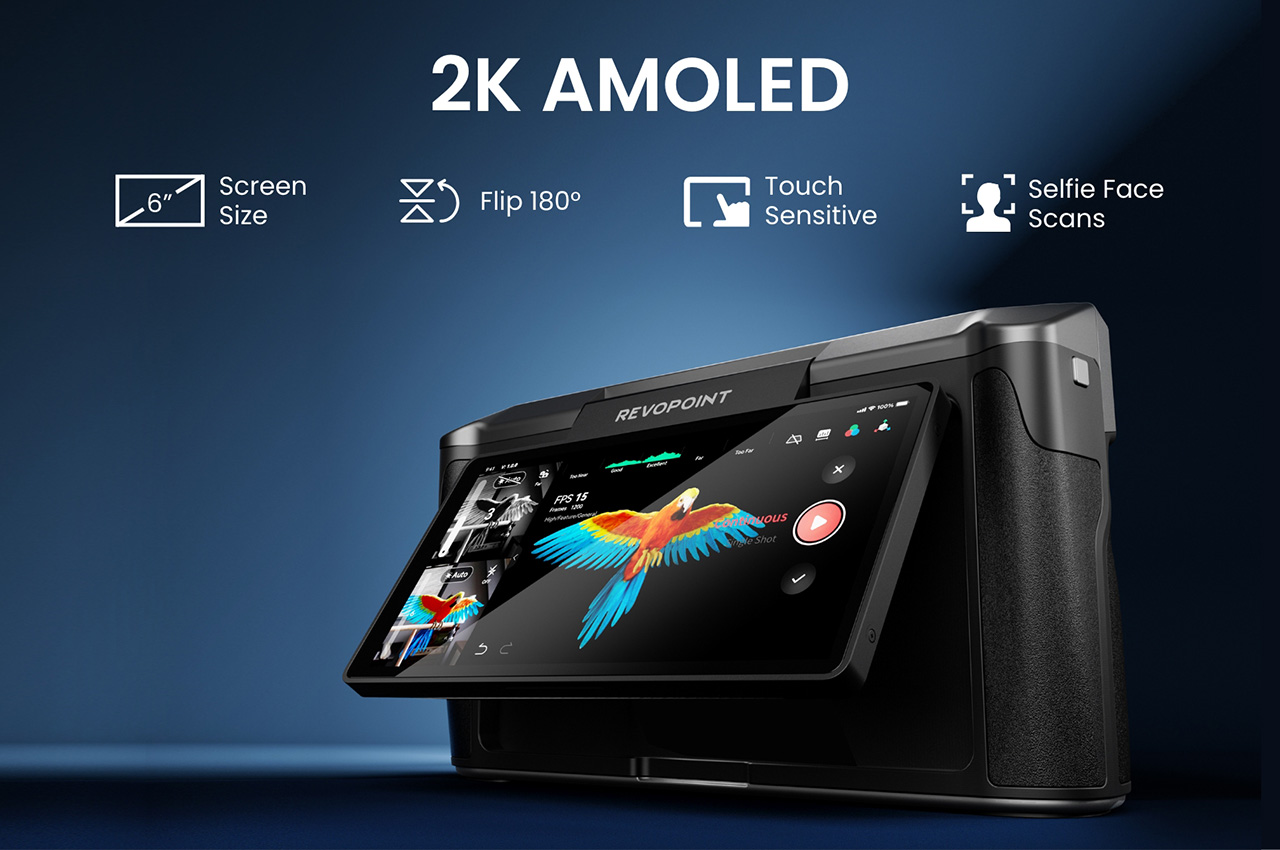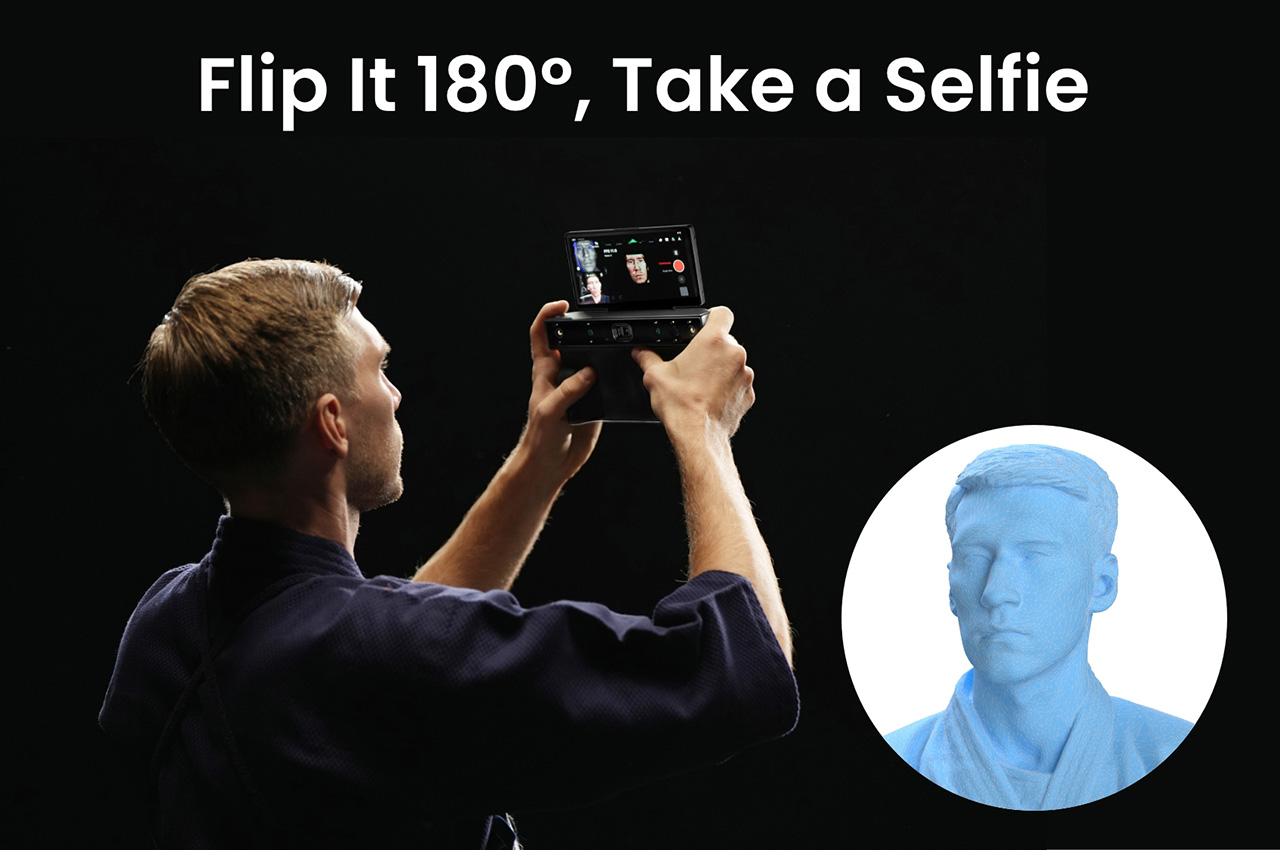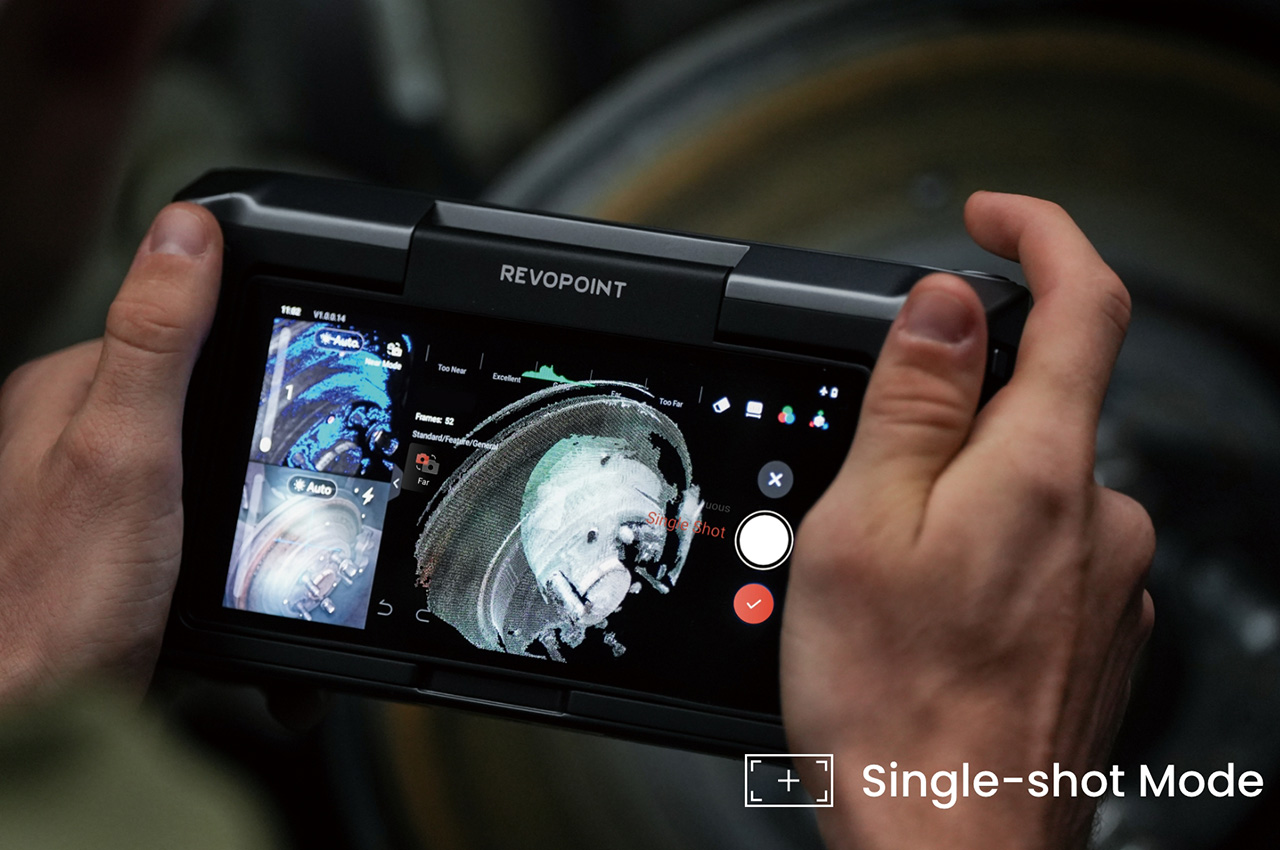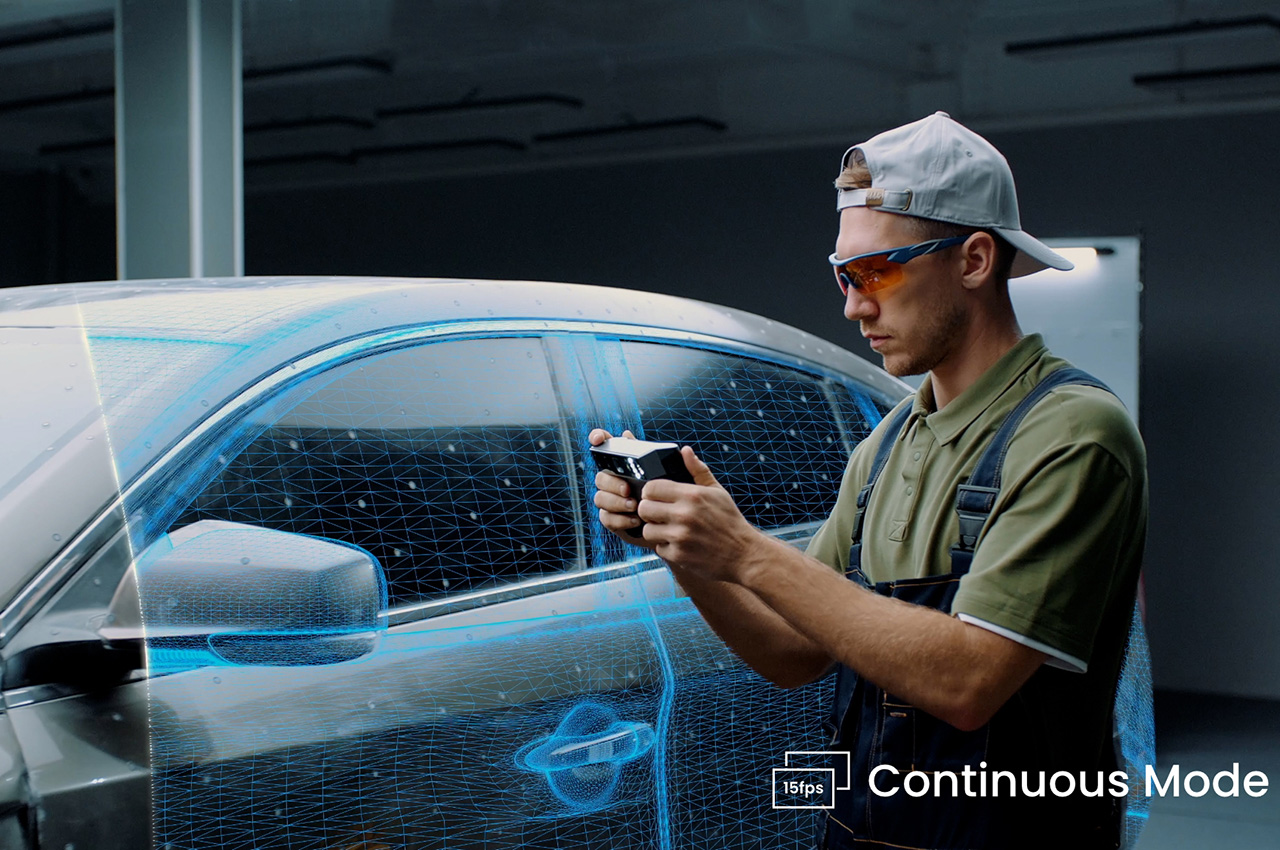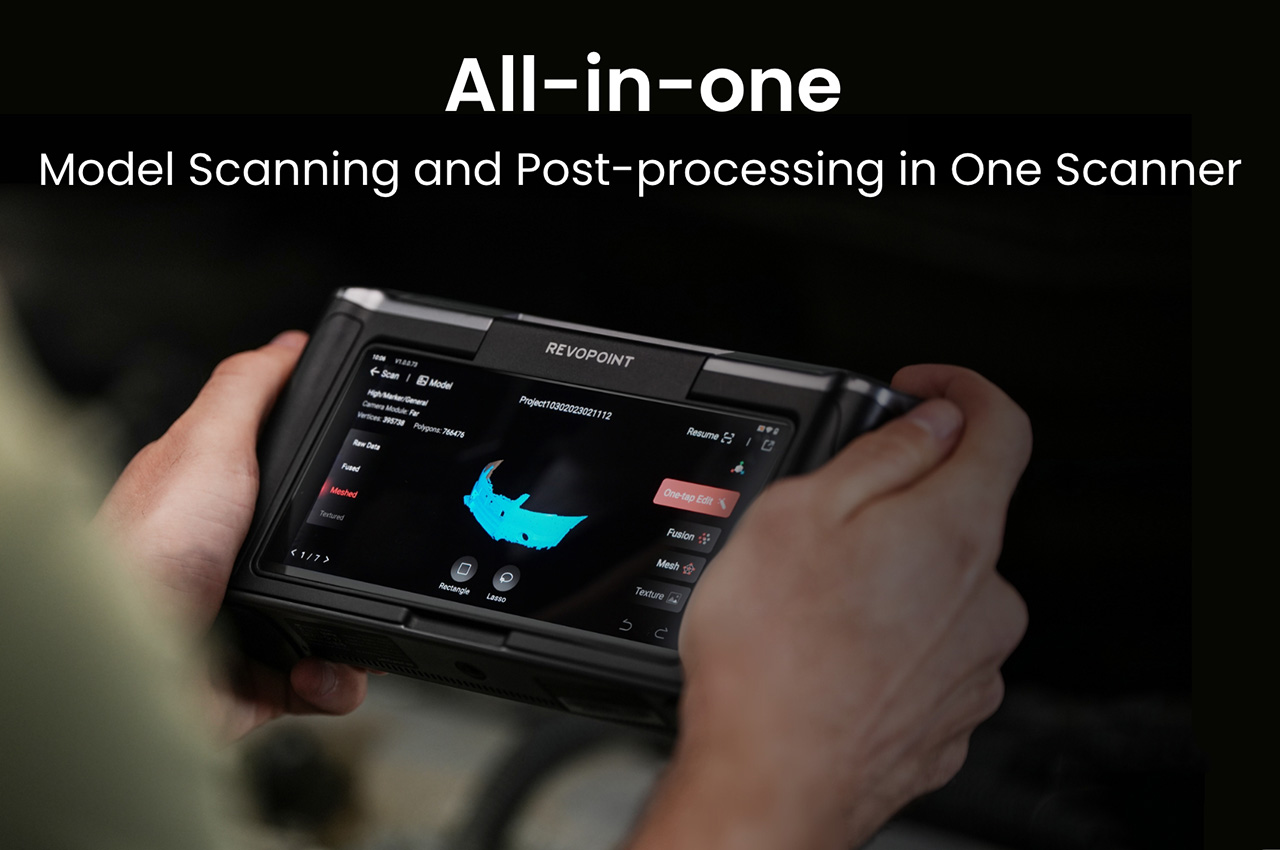The idea of a personal fabrication lab, a complete suite of tools for digitizing and creating physical objects, was once the stuff of university research departments and well-funded makerspaces. It meant having separate, expensive machines for additive and subtractive manufacturing, plus another complex setup for 3D scanning. Bringing that entire workflow into a home workshop or a small business was a multi-thousand dollar proposition, placing it well out of reach for most enthusiasts and entrepreneurs.
This Black Friday, Creality is effectively dismantling that entire paradigm. With aggressive discounts on its latest generation of hardware, the company has made it possible to assemble a surprisingly complete desktop workflow for a fraction of the traditional cost. By combining a capable 3D scanner with a powerful laser cutter and engraver, you can build a system that takes you from physical object to digital model and back to a newly fabricated part, all for less than the price of a high-end laptop.
Creality Falcon A1 Pro 20W Laser Engraver: $719.10 $1,099.00
The Falcon A1 Pro sits at the upper end of what diode laser systems can realistically accomplish, and Creality has equipped it with the kind of features that used to separate prosumer machines from true commercial units. The dual 10W diode configuration, combined into a single 20W output beam, gives this engraver enough power to cut through 15mm plywood or 10mm acrylic in a single pass under optimal conditions. That’s approaching the cutting capacity of entry-level CO2 systems, but without the water cooling, tube maintenance, or ventilation complexity. For users who need to work with wood, leather, cardboard, coated metals, and various plastics, the diode approach offers a much simpler operational footprint.
As publications like Techradar have pointed out, the entire field of laser engraving has become far safer and easier to use in the last year, reaching a point where the process is almost as simple as sending a drawing to a printer. The Falcon A1 Pro is a perfect example of this evolution. Imagine you’re running a small Etsy shop. One moment you’re engraving a batch of wooden coasters, and the next you need to cut custom acrylic keychains from thicker stock. On older machines, this meant a tedious manual recalibration process. Here, the motorized autofocus and built-in thickness probe handle it automatically. The machine measures the new material and adjusts the laser height for a perfect focus, eliminating guesswork and dramatically reducing setup time and wasted material. This level of automation is what turns a hobbyist tool into a reliable small business machine.
For anyone operating this machine in a home office, garage, or classroom, the full safety enclosure is a critical feature. It contains the Class IV laser emissions and traps fumes, but more importantly, it provides peace of mind. Integrated sensors for flame detection and door status mean you can confidently let a 45-minute engraving job run while you handle other tasks, knowing the machine will pause or stop if an issue arises. This security is complemented by the built-in air assist, which keeps the cutting surface clear of debris. This isn’t just about cleanliness; it results in cleaner cuts, sharper engravings, and less charring on materials like wood, which directly translates to a higher quality, more sellable final product.
At the current $719.10 sale price, the Falcon A1 Pro becomes a compelling option for small business use, not just hobbyist experimentation. The combination of cutting power, safety features, and workflow automation puts it in the same capability tier as machines that routinely sell for $1,500 or more. For product designers, sign makers, or makers running a side business, the ability to move from a digital file to a finished product with minimal supervision is what makes this machine a production asset. Paired with the Otter Lite scanner, the workflow becomes even more powerful: scan an object, modify it digitally, then laser-cut a custom mounting bracket or decorative surround in minutes. That kind of rapid iteration and customization is what defines modern small-scale manufacturing, and having both capabilities for under $1,500 total is a legitimate shift in what’s economically feasible for independent creators.
Click Here to Buy Now: $719.10 $1099 ($379.9 off, use coupon code “CREALITY10”). Hurry, deal ends in 48-hours!
Creality Otter Lite 3D Scanner: $546.30 $759.00
The Otter Lite represents one of the more significant shifts in the consumer 3D scanning market over the past year. Creality has managed to pack features typically found in scanners that cost twice as much into a wireless handheld device that achieves 0.05mm accuracy across a flexible working range. The four-lens stereo vision system is doing most of the heavy lifting here, allowing the scanner to maintain tracking and precision even when working with tricky surfaces like reflective metals or matte black plastics. That’s a problem that has plagued budget scanners for years, often requiring users to coat objects in developer spray or talcum powder before scanning. The Otter Lite handles these materials natively, which removes a tedious preprocessing step and makes the workflow considerably faster.
Picture scanning a vintage car door handle for a restoration project. You’re working in a garage with no convenient outlet nearby, moving around the vehicle to capture different angles and details. The Otter Lite’s three-hour battery life means you can complete the entire scan session without hunting for power or dealing with extension cords snaking across the floor. The 20mm to 2000mm working envelope handles both the small mounting hardware and the full door panel in the same session. Or consider a scenario where you’re digitizing a client’s sculpture at their studio: the wireless operation lets you walk a full 360 degrees around the piece, capturing undercuts and complex geometry without repositioning cables or worrying about tripping over your own setup. The anti-shake tracking compensates for the minor hand movements that happen when you’re reaching around awkward angles or holding the scanner overhead.
The scanner works across Windows, macOS, iOS, and Android platforms, which matters more than it might seem at first. Being able to start a scan on your laptop, then switch to a tablet for field work, or even use your phone for quick capture jobs, removes the friction of being locked into a single device. The bundled software handles alignment, mesh generation, and texture mapping without requiring deep technical knowledge, and the 30fps scanning speed with full 24-bit color capture means you’re getting texture fidelity that’s actually usable for color-matched 3D printing or detailed visualization. Exporting clean meshes directly into Fusion 360, Blender, or your slicer of choice happens without the usual manual cleanup that budget scanners demand.
At $546.30 during this sale, the Otter Lite is priced aggressively enough to make 3D scanning a realistic addition to a home workshop rather than a luxury reserved for professional studios. The jump from budget photogrammetry rigs or sub-$300 scanners to something with this level of precision and ease of use is substantial. For anyone doing custom part fabrication, cosplay props, small-scale manufacturing, or educational projects, having the ability to quickly digitize a reference object or create a baseline model for modification changes the speed and flexibility of the entire creative process. This discount puts it within range of a strategic investment rather than a speculative purchase.
Click Here to Buy Now: $546.30 $759 ($212.7 off, use coupon code “CREALITY10”). Hurry, deal ends in 48-hours!
The post Creality’s Black Friday Bundle Gives You 20W Laser Cutting and Professional 3D Scanning for $1,265 first appeared on Yanko Design.
